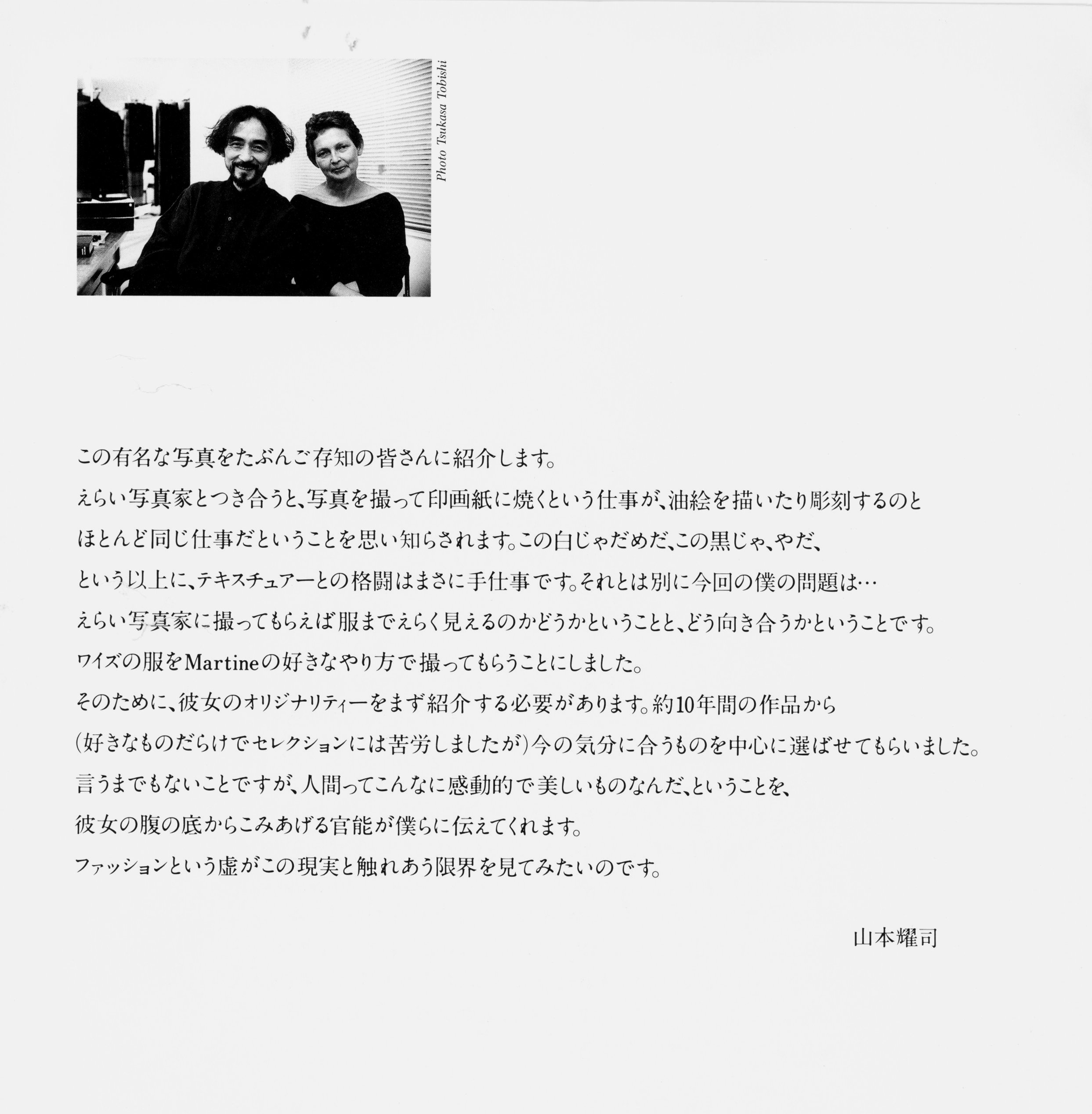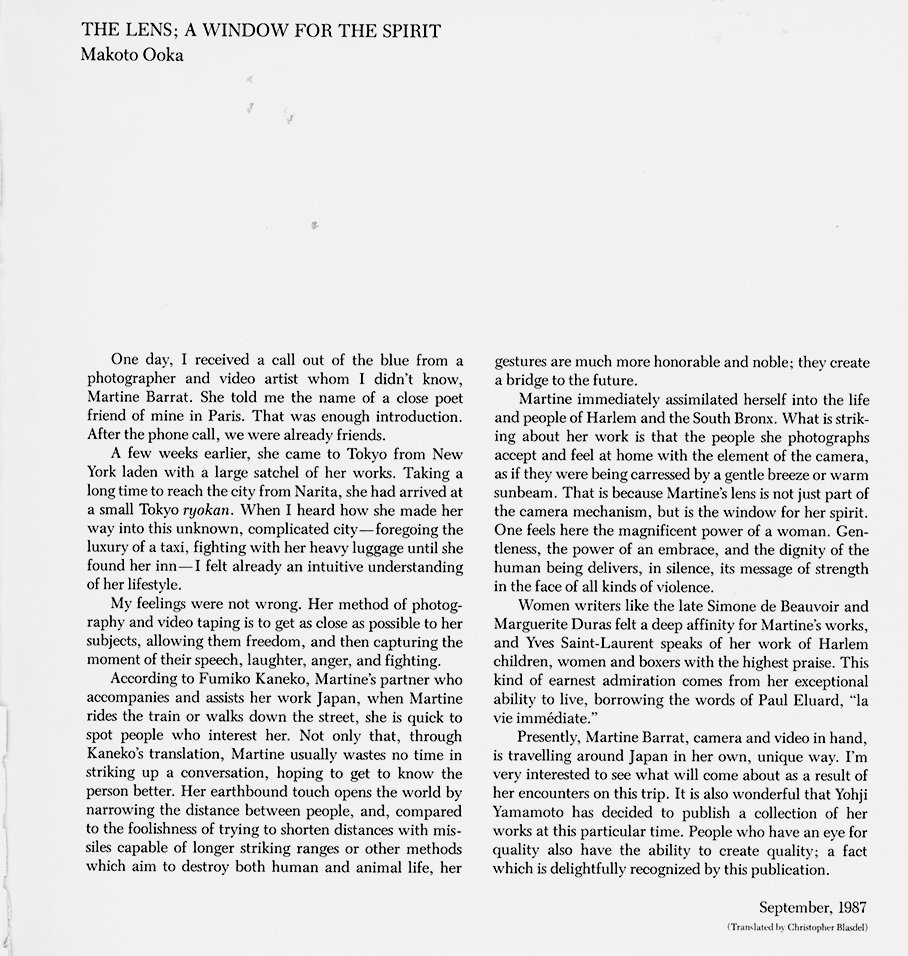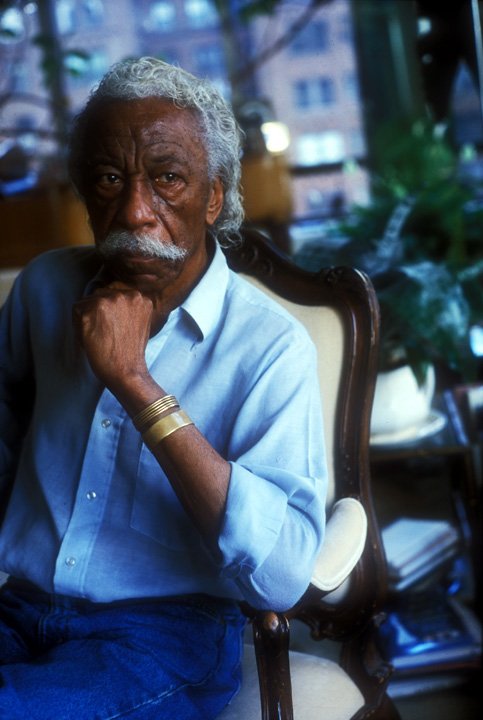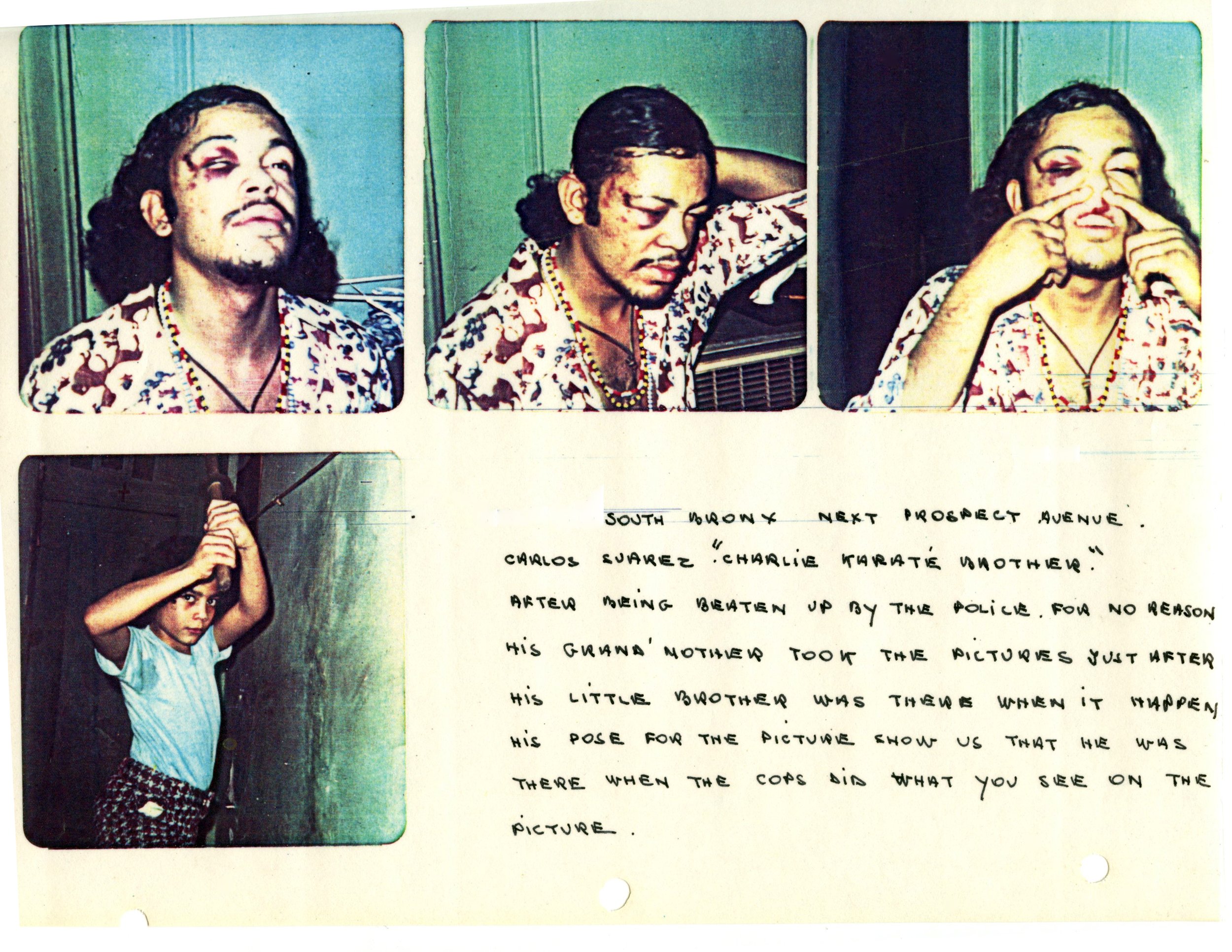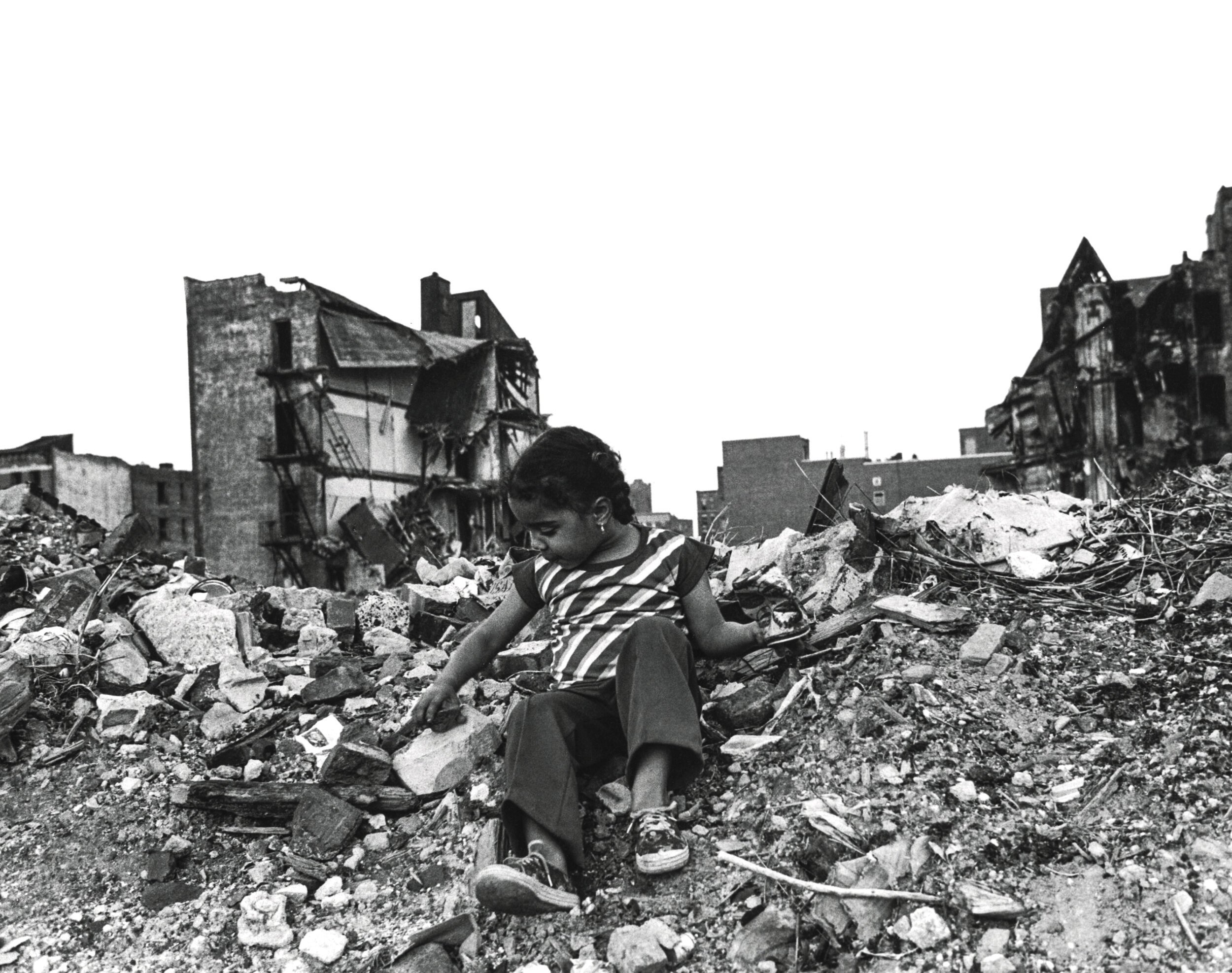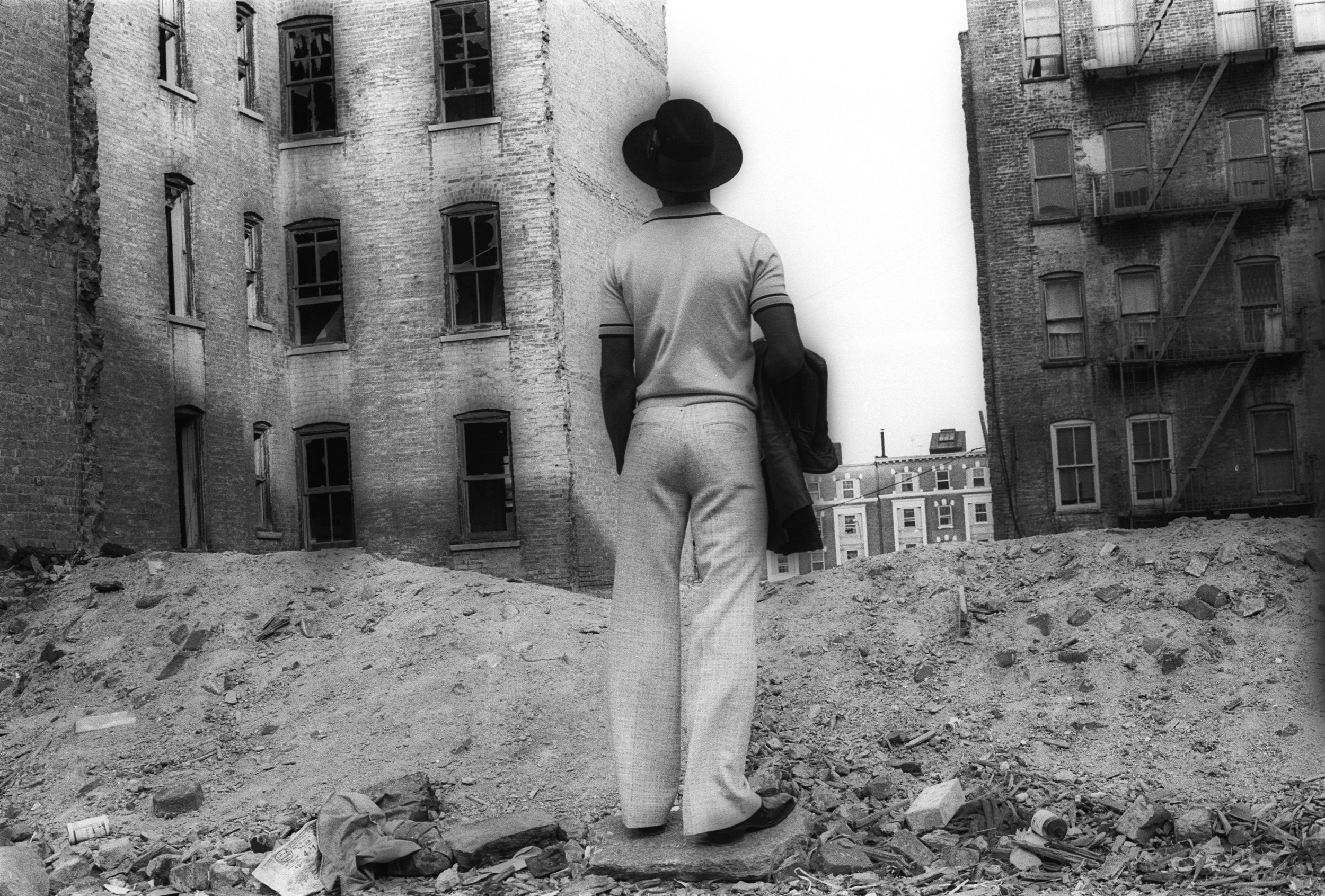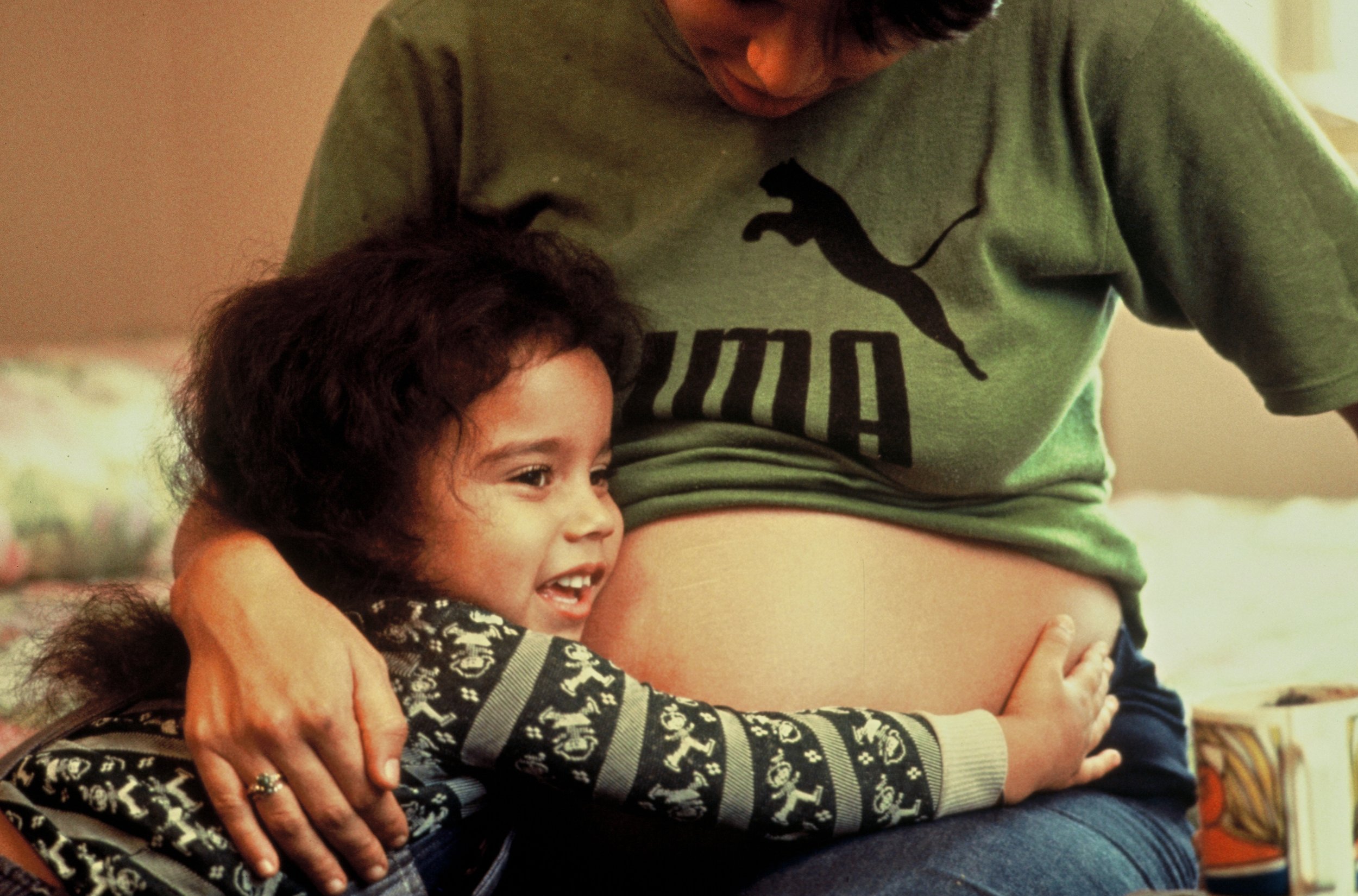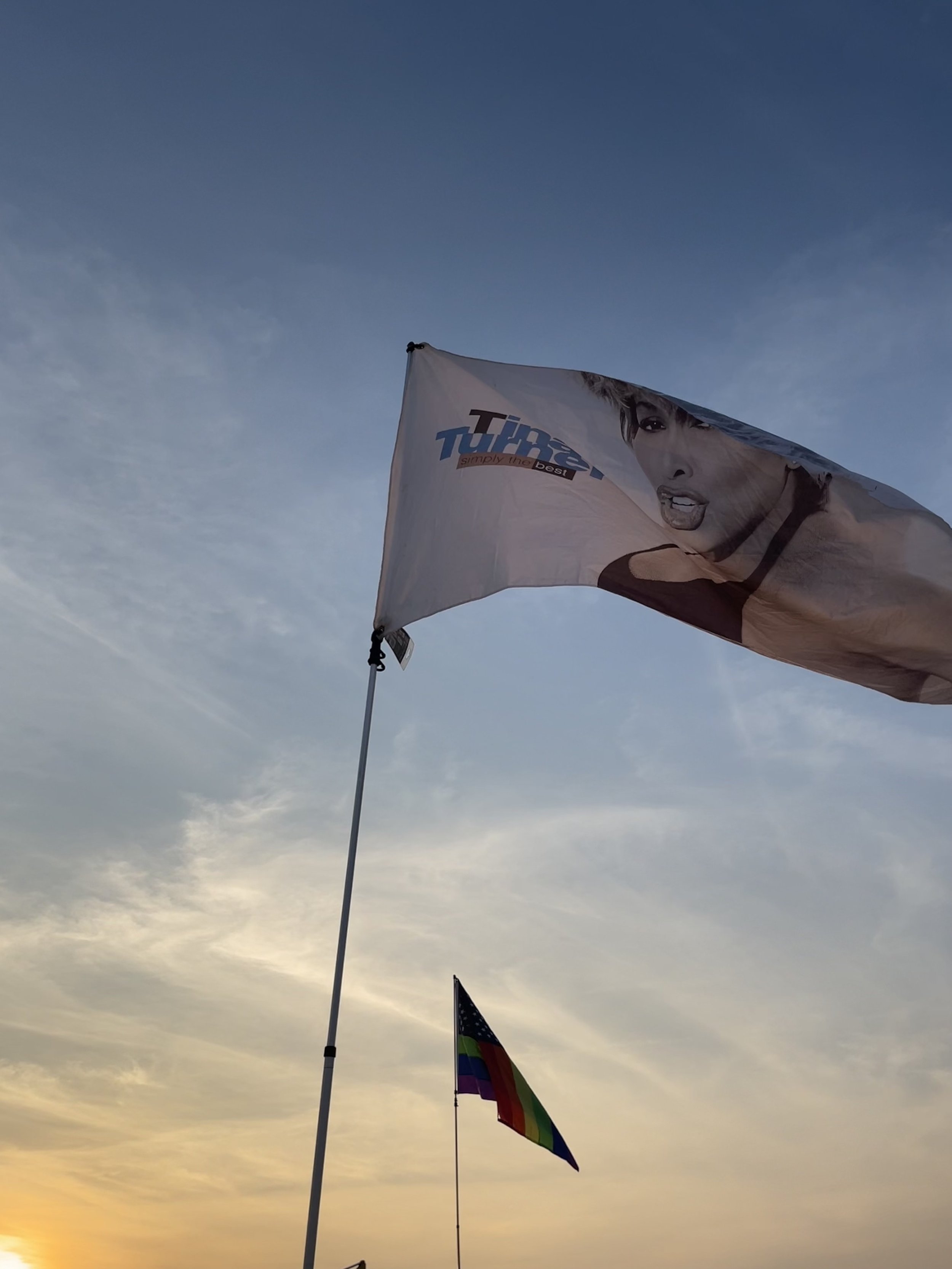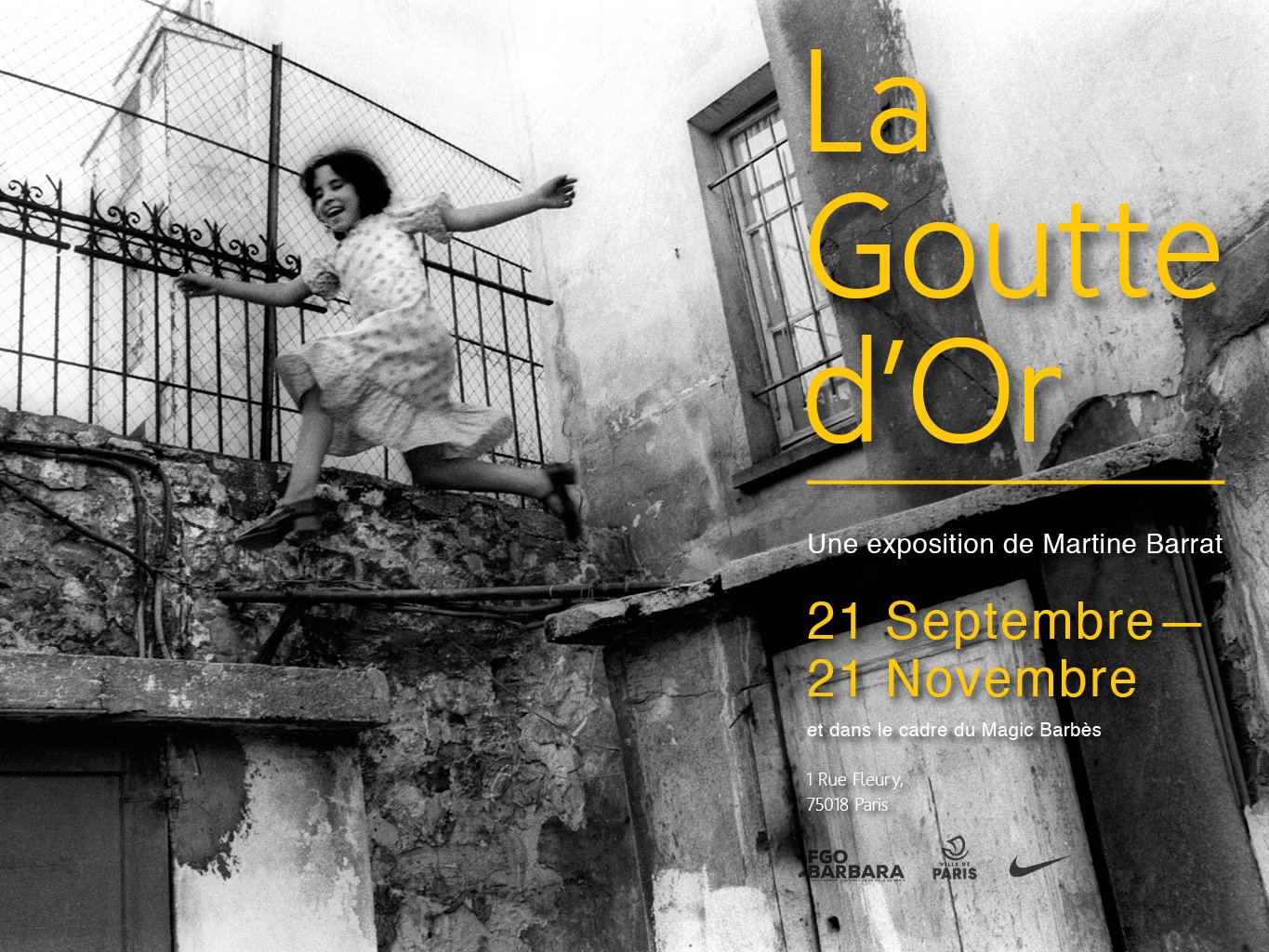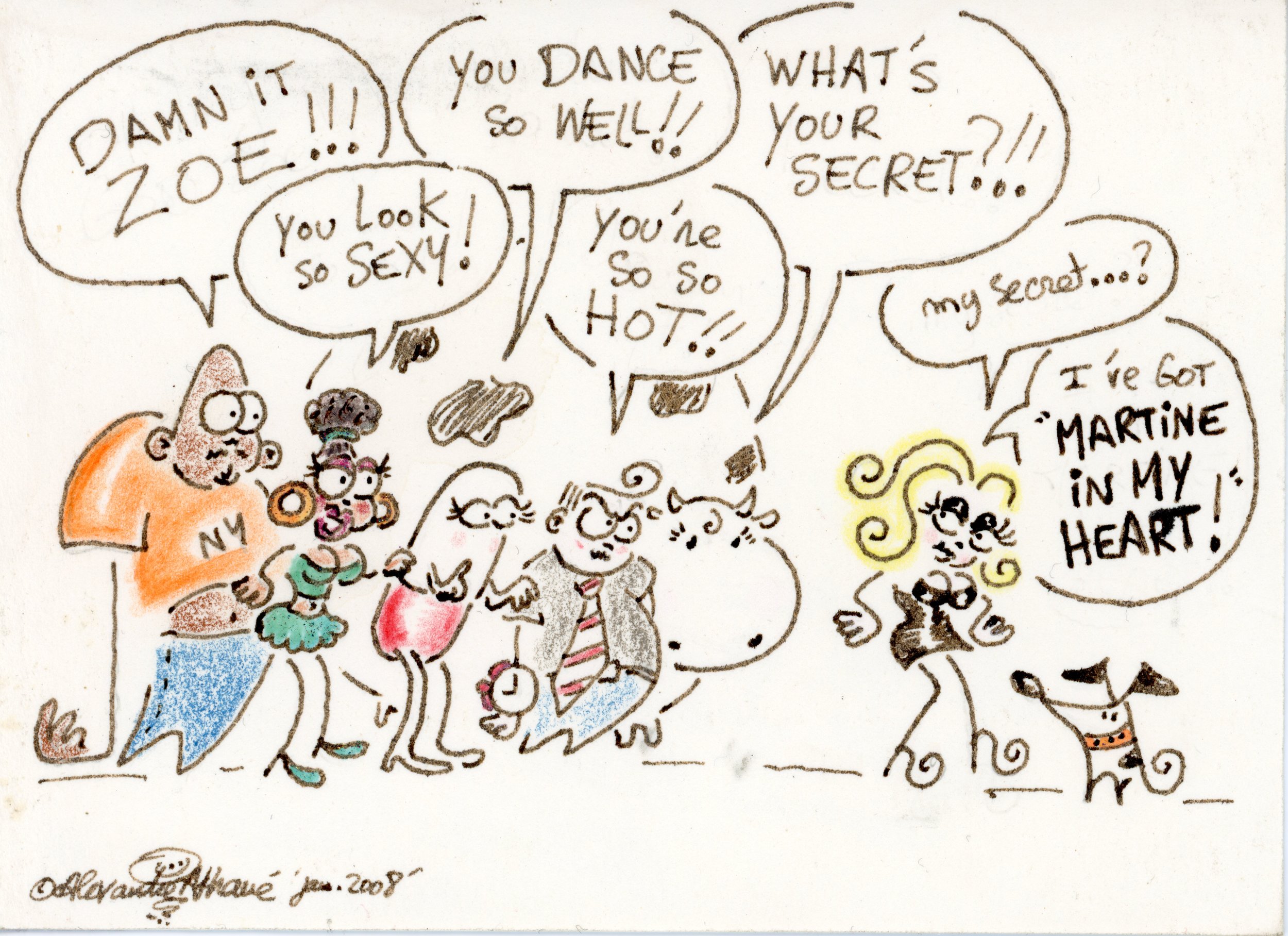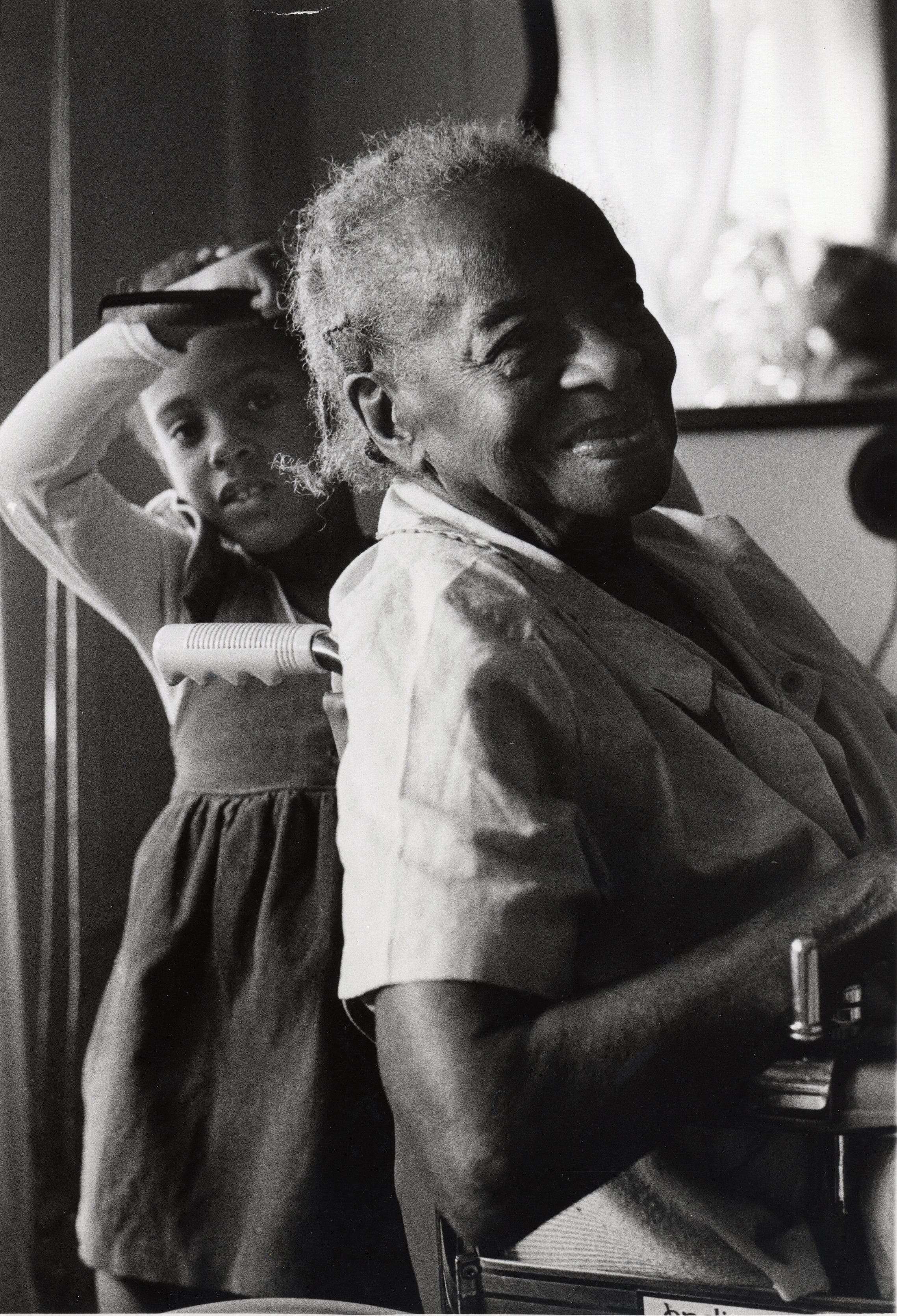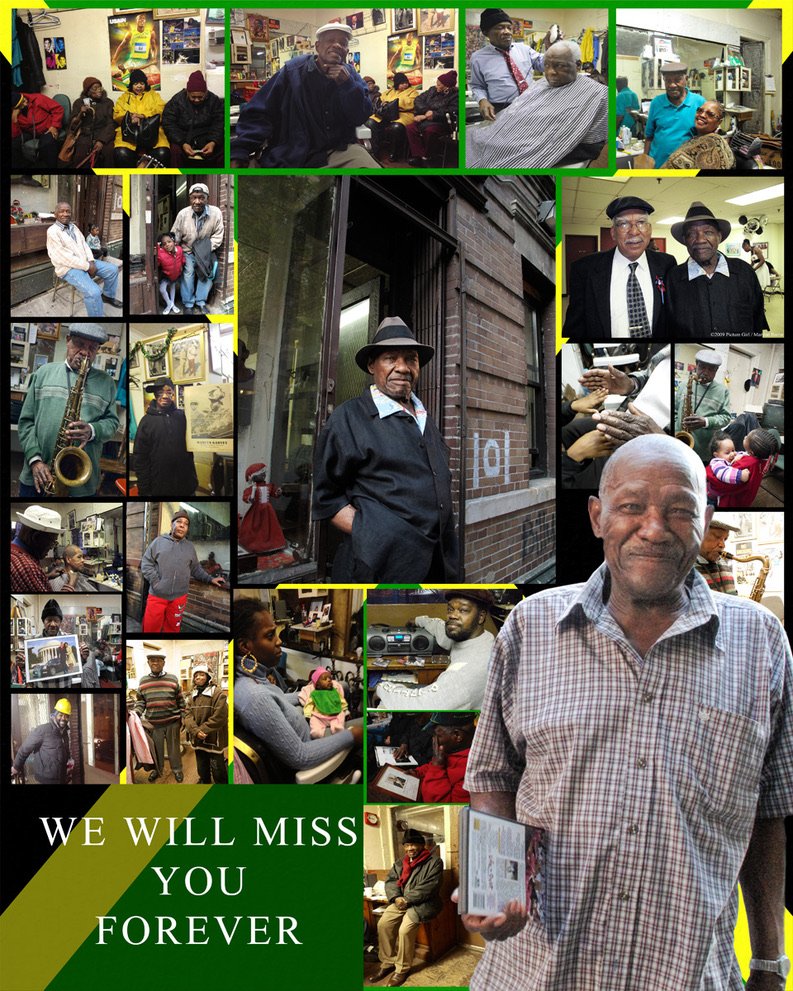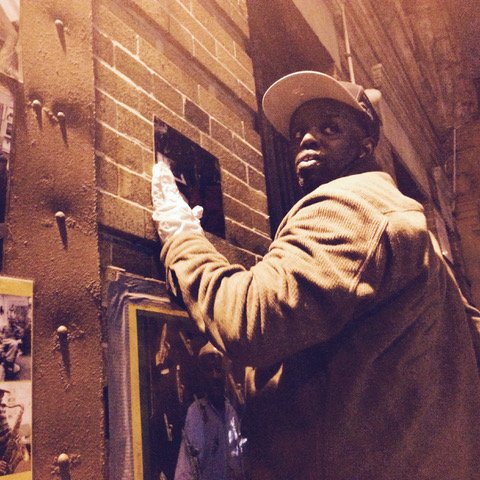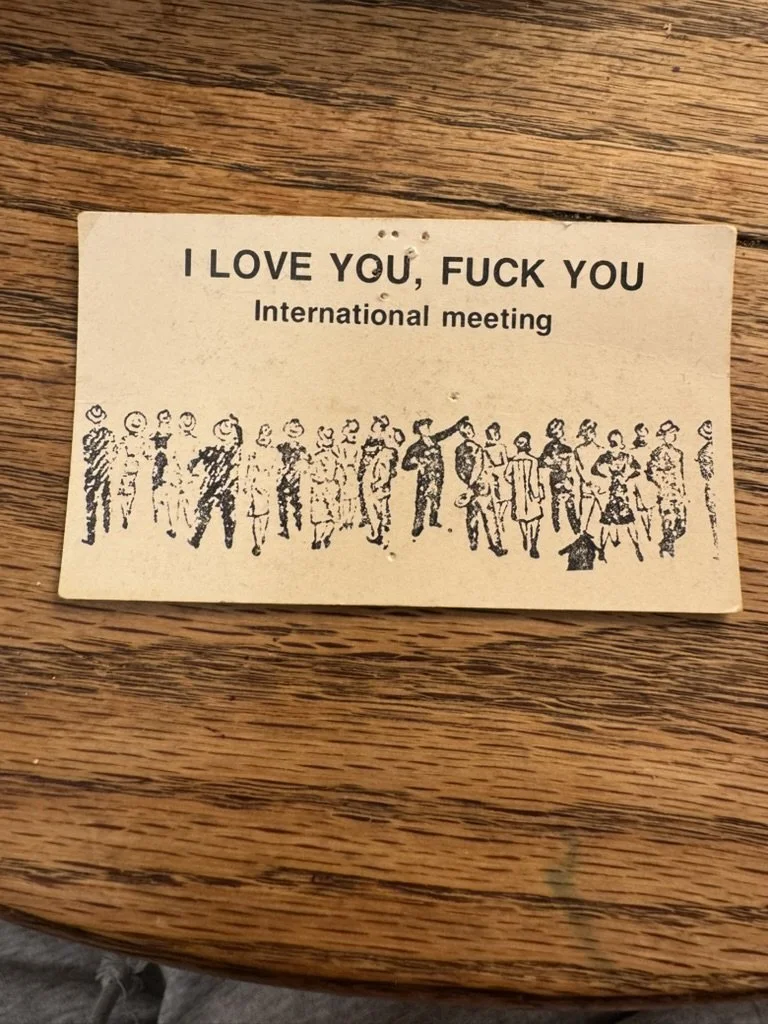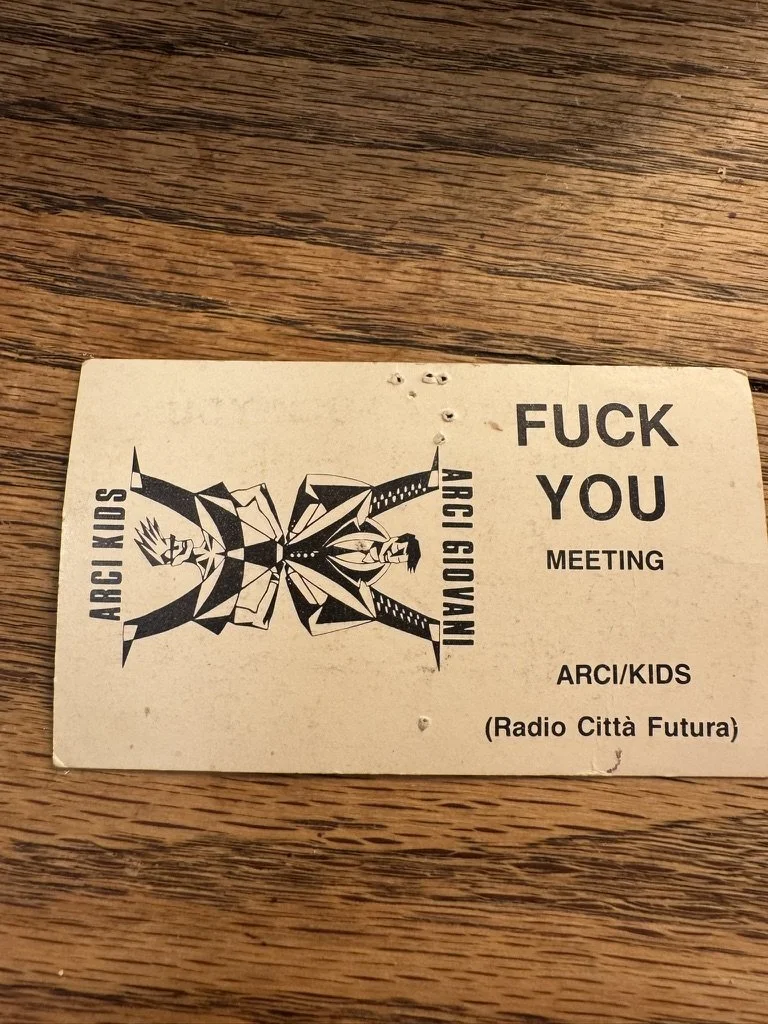MARTINE BARRAT
Harlem During the Block Party
Harlem, New York, 1984: “These are the breakers.”
Best photo of the year in LIFE magazine’s 1984 publication, and can also be found on the “Best photography of Life Magazine” book.
20 photographs signed by
I dreamed of showing my boxing photography to Muhammad Ali. One day, I called and asked if I could share them with him. He told me to send them over. Once he received the photos, he called to let me know I’d be getting a package from him. It arrived by express delivery, with each image personally signed. I was deeply moved and overjoyed. It remains the best gift I’ve ever received.
I will be forever grateful for his kindness.
DO OR DIE
Foreword by Gordon Parks and Martin Scorsese
A book on boxers and young fighters published by Viking Penguin, originally published in Germany by Rowohlt Verlag as Die Boxer. I dream of getting this book published again with signed photographs of Muhammad Ali. When the book came out, I was extremely happy reading the article by Margo Jefferson in the New York Times. With the article of Margo Jefferson, I went to multiple bookshops, where I soon discovered that Viking Penguin never put me in their catalog. I was sad about it because my book was never seen.
I hope to publish this book again with the 20 pictures signed by Muhammad Ali.
“LES BENJAMINS DE LA GOUTTE D’OR”
Assignment by NIKE in June of 2006 for LA GOUTTE D'OR, Paris. Mamadou Yaffa got me this job.
Nike designed an exclusive T-shirt in limited edition. My friend, Kazia, wore the T-shirt as my model.
MoMA Exhibitions
“Woman is Sweeter” film screening for Yves Saint Laurent Dec 9, 1979- Jan 20, 1980
The music was composed by Galt MacDermot, composer of Hair, the musical.
Photography exhibition May 13, 2011–March 12, 2012
My photographs in display in the photography collection at the MoMA
I was so proud, happy, and eternally grateful to Yohji.
Nobody treated me like Johji did, giving me complete creative freedom and the money I needed.
Barrat Yamamoto
A collaboration between me and Yohji of a book of photographs taken in Brazil
A book dedicated to Yamamoto’s work compiled of my photographs in Brazil. One day Yohji told me I could go anywhere in the world to shoot his work. A dear friend of mine came to me in a dream shouting “Carnival go Bahia” Everything became clear to me.
A few photographs from the book
I will be forever thankful to the curator, Jean Luc Monterosso, of this exhibit who gave me complete freedom to hire Alexandre Athane and Aisha Barat and be as creative as I wished.
A long line of people came to see my show in Paris which consisted of
320 photos & several videos
The poster of my dear friend Love welcomed people at the museum’s entrance.
She was so proud when I showed it to her. I wish she had been there with me.
I was blessed when David Murray came to the opening and played his music, in addition to his text on the wall greeting visitors as they arrived.
Gordan Parks was an American photographer, musician, writer and film director. He was prominent in U.S. documentary photojournalism in issues of civil rights, poverty, and African-Americans, throughout the 1940s to the 1970s.
Gordon Park wrote three texts about my work, included in my grant application for the Guggenheim foundation.
Margo Jefferson is an American writer, academic, and winner of a Pulitzer Prize for criticism. She previously served as book and arts critic for Newsweek and The New York Times. Currently, she is a professor at Columbia University. I enjoy all of her books: On Michael Jackson, Negroland, Black Dolls, Over Michael Jackson, Roots of Time, Constructing a Nervous System.
Independent Art Fair
The Nina Johnson Gallery put my picture on the wall of the street and inside where my Harlem photography was exhibited.
I thank Karina from the gallery, I am so happy with what she did for my work. I was so happy that my friend Mabel was a star. She would have loved to see herself there.
While Florence Smiths was singing a beautiful love song, her husband was accompanying her, and suddenly, he fell and died. A week after, she came to the club and danced with a best friend of her husband. He was a saxophone player.
Whitney Museum Exhibition
“YOU DO THE CRIME, YOU DO THE TIME”
I dedicate my exhibition to La Mama, Ellen Stewart, who brought me to New York.
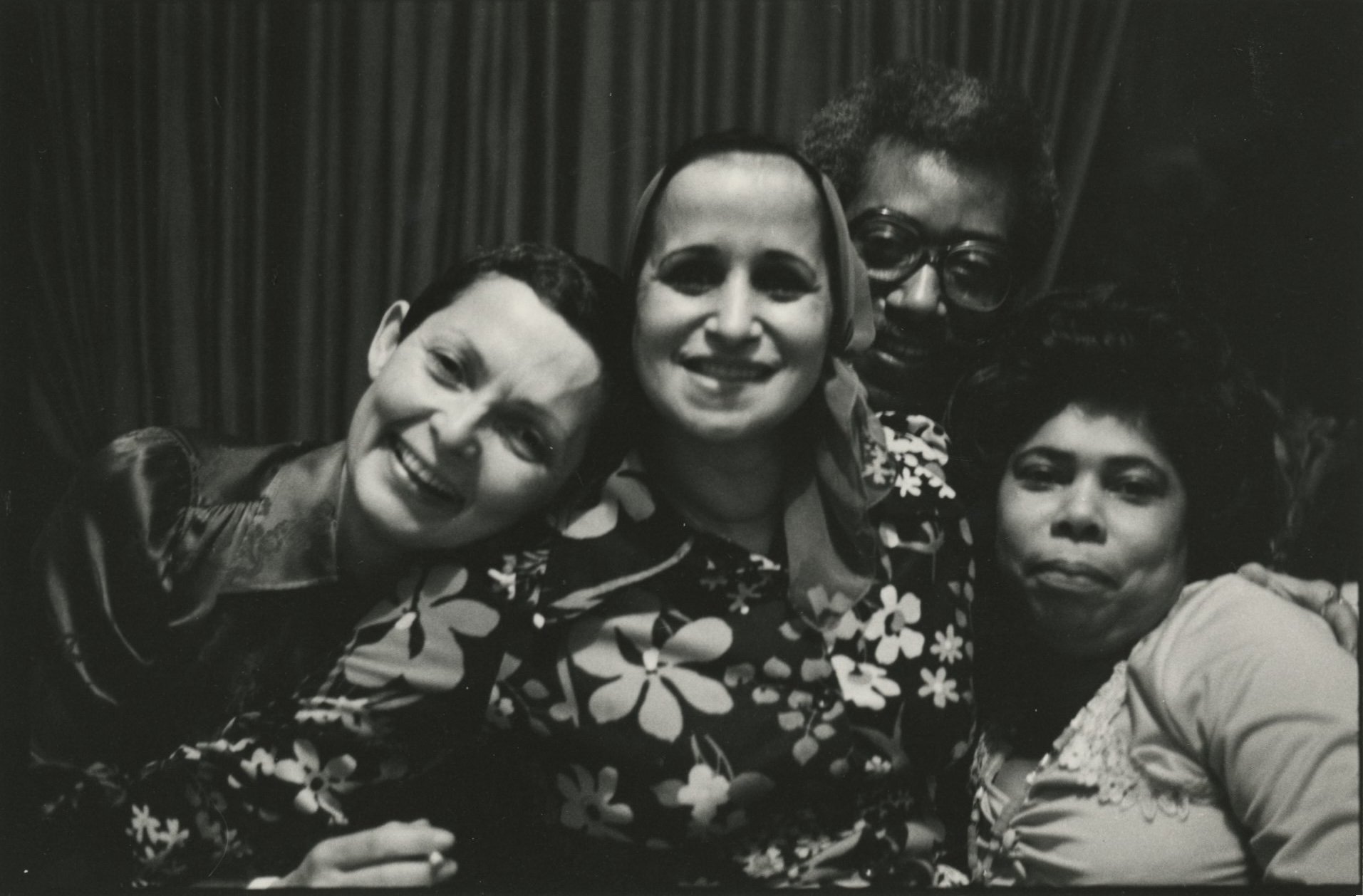
With Vicky's mother, her husband, and her best friend. Photo by Chantal Regnault.
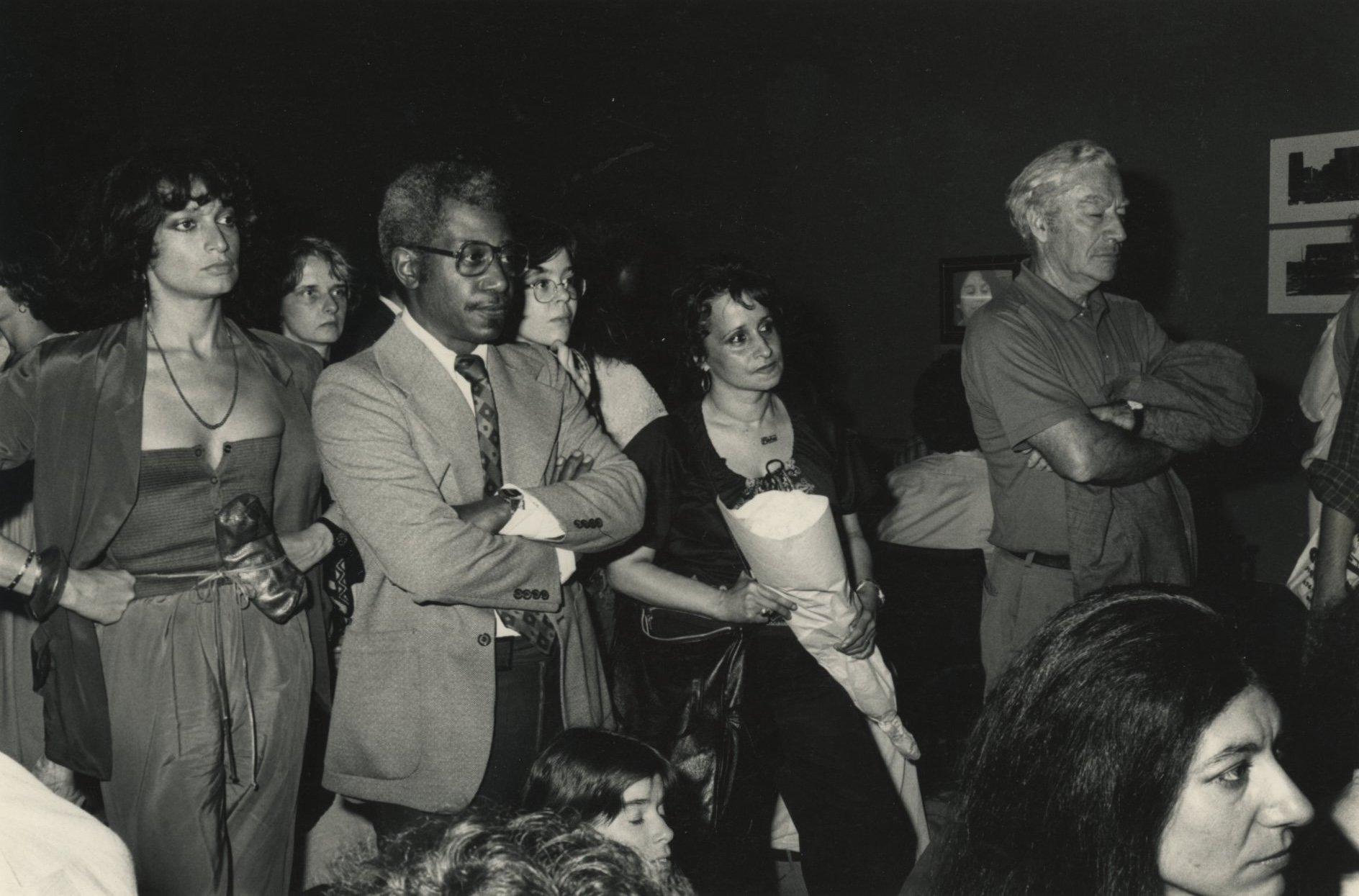
The journalist from Italian Vogue, Vicky's mother with flowers and to the left of her, her husband. Photo by Chantal Regnault.
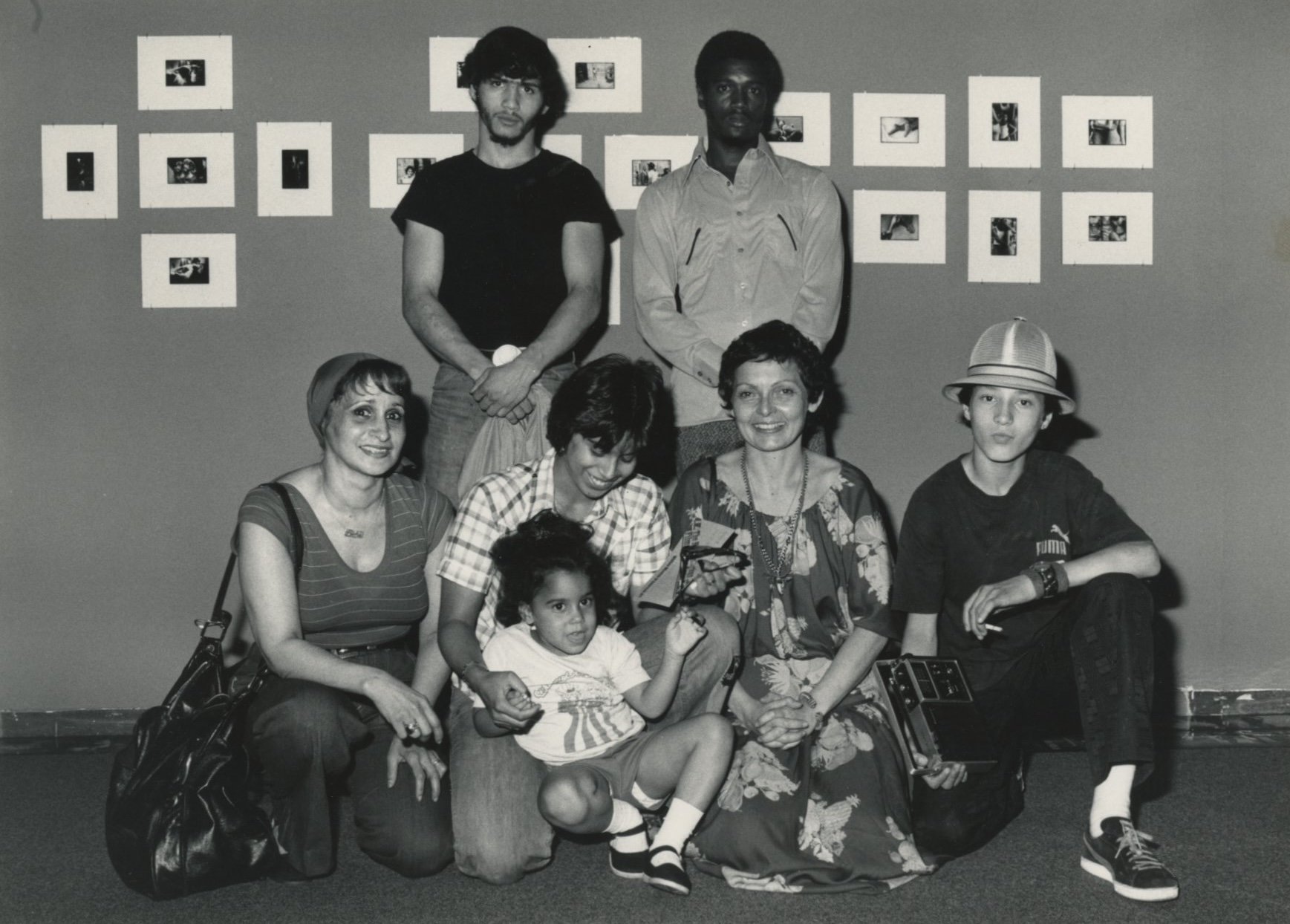
Vicky's mother, Vicky and Jennifer, her daughter, Martine, and a gang member. Two gang members behind from the roman kings. My black and white photography on the wall. Photo by Chantal Regnault.
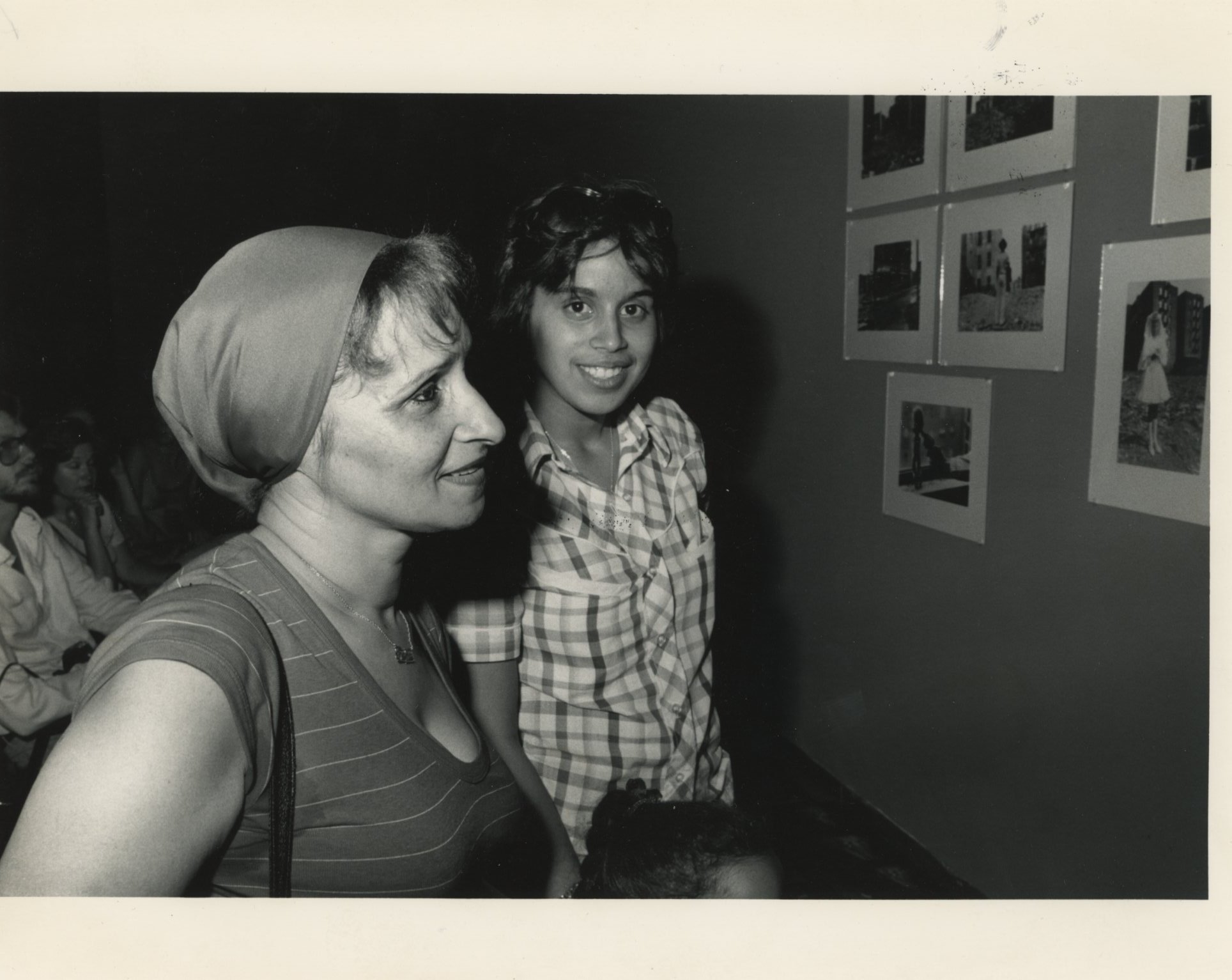
Vickys mother and Vicky. Photo by Chantal Regnault.
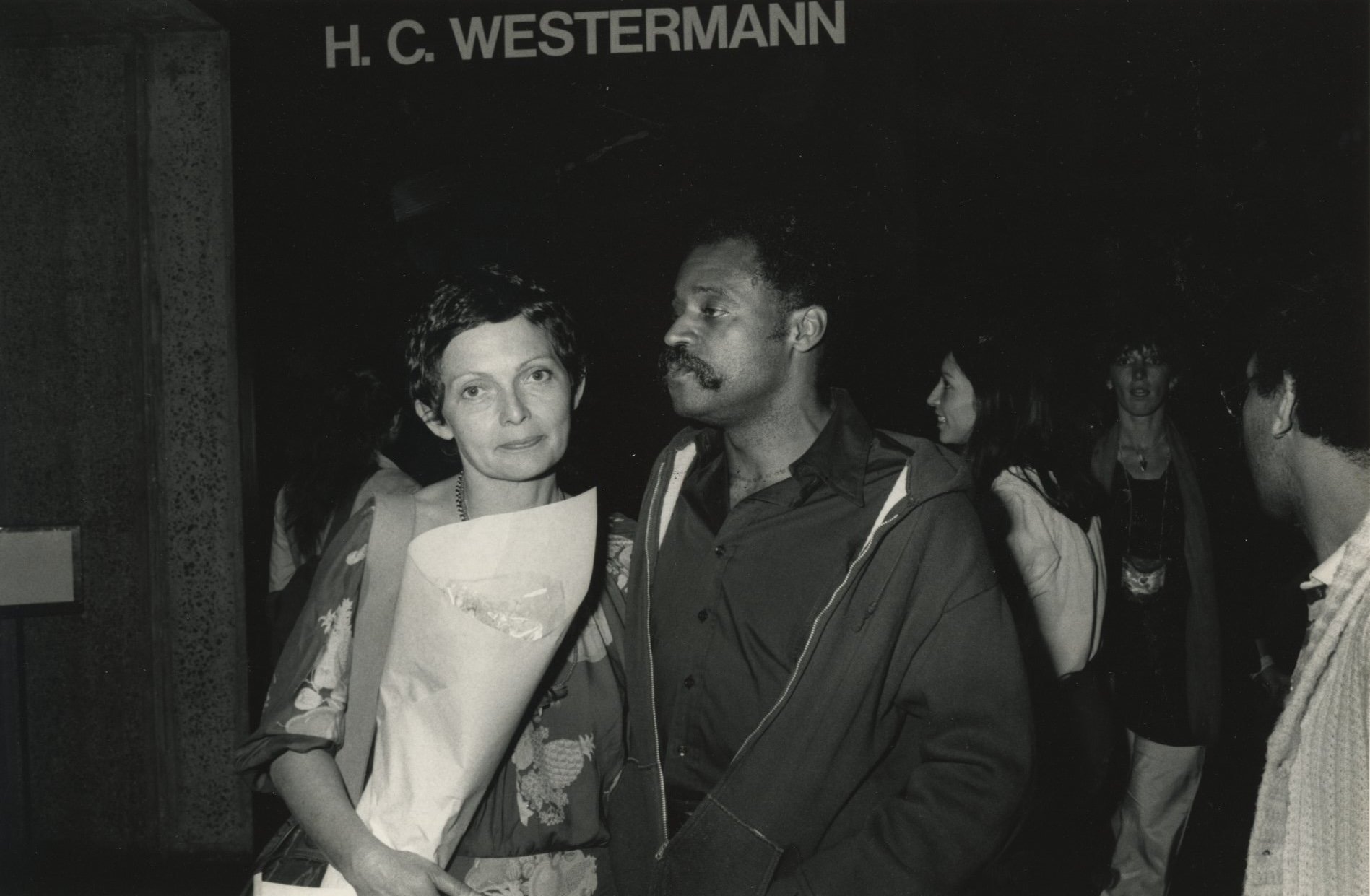
Me and Melvin Van Peebles (film director and actor). Photo by Chantal Regnault.
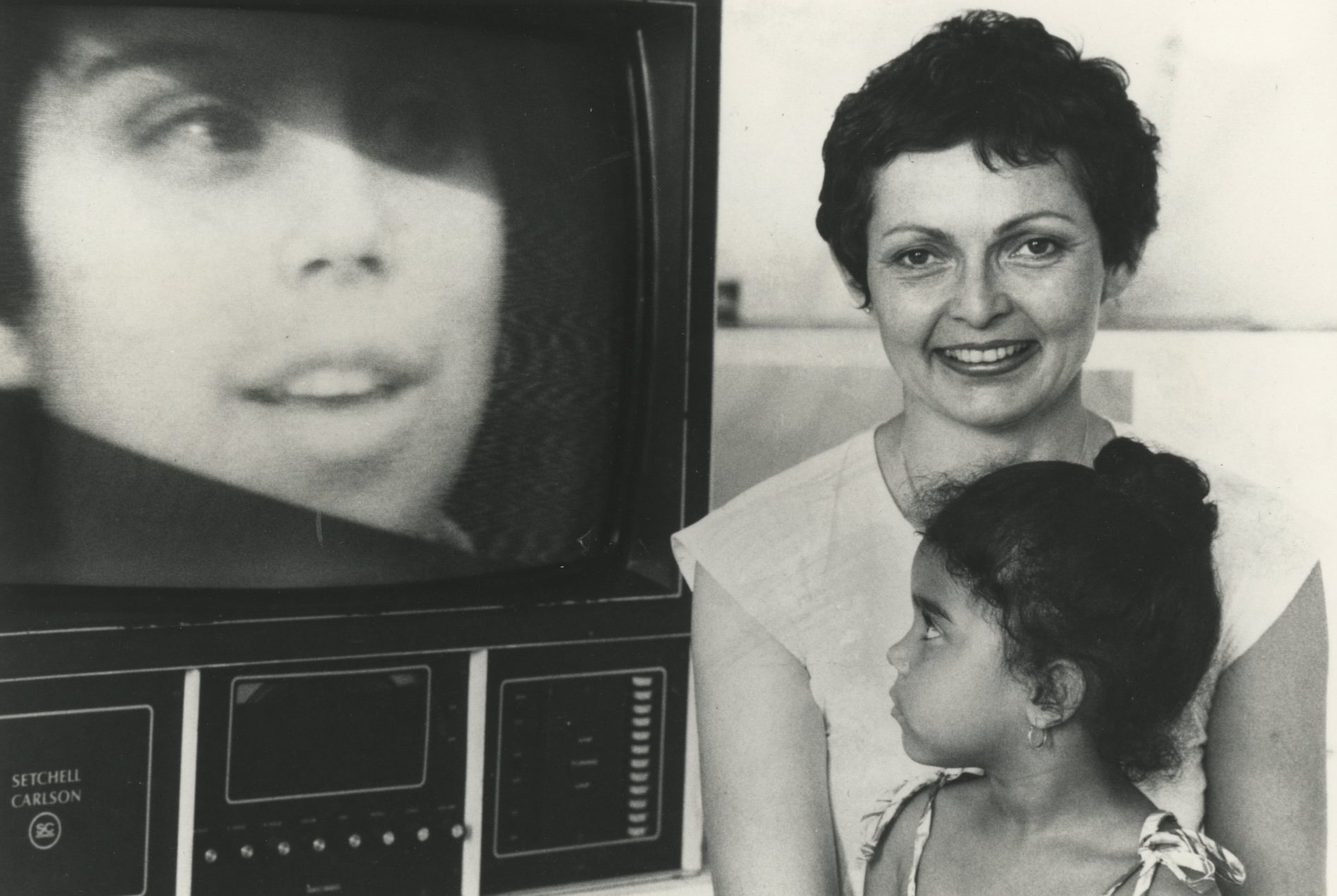
Me and Jennifer looking at her mother in the TV
A series of tapes, two hours of which have been shown internationally, feature Carlos "Charlie" Suarez, President of the Ghetto Brothers, and Vickie, President of the Roman Queens. These tapes were initially presented at Columbia University by philosopher Félix Guattari.
In 1978, it was presented at the Whitney Museum with a huge exhibition called You Do The Crime, You Do The Time in New York, additionally shown on television in Italy, several times on Sunday nights on the program TG2, and at one of the biggest exhibitions “Fuck You” Film Festival in the ruins of Rome.
I am very thankful to Bernardo Bertolucci, who took me to Italy to showcase my work. My exhibition is dedicated to Helene Stewart LA MAMA.
Shot by: Jacki Ochs
Vickie (1976) - Excerpt
This painting was in the Whitney Museum show by Keith Ramon who was a gang member of the Ghetto Brothers. The curator enjoyed to put it in the exhibition.
Invitation of the Whitney Museum, New York.
My first photos of the South Bronx were displayed on the wall, the video played on the screen, and rolls of color photography lay on the floor.
Pearl (president of The Roman Kings), a friend, and Melvin Van Peebles. The rolls of colored photography were on the floor, the idea came from a gang member and the curator was thankful to the gang member as there was limited space on the wall.
Shot by: Chantal Regnault
Charlie Suarez
Charlie Suarez, president of the important South Bronx gang The Ghetto Brothers, organized an important meeting between all the gangs for them not to fight each other anymore. My dream is to see his book published, as I deeply admire his writing.
South Bronx next Prospect Avenue Carlos Suarez “Charlie Karate Brother” after being beaten up by the police for no reason. His grandmother took the pictures just after. His little brother was there when it happened. His pose for the picture show us that he was there when the cops did what you see on the picture.
At the Whitney Museum, in the first room of my show, he created a massive dictionary, stretching from ceiling to floor, defining the language of the street. Many stood, eager to learn. I recall the woman from Italian Vogue, so enthusiastic, while behind the crowd, the gang members quietly observed as people absorbed their language.
letter To The Director of the Whitney Museum
To whom it may concern,
Your young american filmmaker series was definitely enlightening, especially the video and photos of Martine Barrat, but I must say that a showing of this caliber was caged for the sake of awareness.
Can you imagine what the world would be like if people put away prejudice, hate and ignorance it would be crazy we might even say that it could inflick the world on what a catastrophe, can you imagine peace on earth and goodwill. Gang leaders leading this member to construction site where they serve as guards and the expression of the artistmaking not only the trains his gallery but sites for parks and brighten up the gloomy buildings. Contained expressions of violence, violence is energy if negative vibrations instead violence of positive vibes such as a painting, sculpture. Why not express violence in peace like “The Roman Kings” in “The Trial” and “Vickie.”
Yeah Ma!
Can you just see me walking naked with just a Japanese robe draped from my shoulders, I walk to a steam and kneel, I drink, the sun is hot the grass is cool – I sit cross my legs and get high, high on your love, on freedom and high, away just trip I lay down and make love to myself, to you, the sun, grass water and enjoy Freedom!
Charlie
The Last Day of The Rhythm Club (2006)
You can see the walls of The Rhythmn Club, my "gallery". I went there for years to enjoy the people who are in the photos on the walls.
All of them were musicians and they would get together to play cards, night and day.
L’ARCHIVISTE DU SOUTH BRONX
“Martine Barrat et ses amis du Ghetto sont en train d’écrire, á la vidéo, la vraie histoire du peuple noir américain.”
Article by Ianthe Thomas
The best article about my work in the South Bronx, alongside the gangs, was this article written by Ianthe Thomas.
I found this painting on a wall in the South Bronx.
I found this painting on a wall in the South Bronx.
I came to the South Bronx not to film the gang members, but to lend them video equipment so they could capture their own stories. I obtained the video through Félix Guattari, the renowned philosopher who co-wrote Capitalism and Schizophrenia with philosopher Gilles Deleuze.
The day before Deleuze's suicide, he said, “I wish I had my whole life to write about Martine’s photography.”
Photos by Clemment Cann.
The Roman Kings working together in the South Bronx.
My only friend that came with me to the Bronx, to meet my friends from the gang. These are some of his photographs.
True Warriors
pre selected for the Atlantic Bridge Film Festival.
A special screening of my film was shown in the beautiful city of Amsterdam
Edited by Leandro Ricciardelli
Tina Turner
1939 — 2023
In Loving Memory
She was so happy that Yohji Yamamoto sent me to take pictures of her with his clothes in London. We had such a beautiful time together.
At the beach in New York, she is flying on the flag.
I can hear her singing, with her beautiful smile.
Two exhibitions organized in the Cultural Center of La
Goutte d’Or and several photos hung in their park by…
Alexandre Athane, my very dear friend who was my assistant for five years and now has a huge success with his movie all over the world made this card. I am so happy for his huge success and I wish everybody would see the movie “Jus D’orange”
Drawing of Alexandre Athané, my dear friend. He was so precious when he was my assistant for many years. I’m still so thankful for the work he did for me.
I love to take pictures of children, and I still do. I love to capture the way how they enjoy life.
One of the letters Camilia Gautret wrote to me and made me so happy. I want to share it with people looking at my website to share that happiness. She is 8 years old, she lives in Paris, and she writes to me very often. She is an avid writer.
Ornette Coleman
“Il faut que nous soutenions nos enfants par tous les moyens. Nous devons donner à nos enfants la liberté de s'exprimer par la créativité. Il nous faut complimenter nos enfants, il faut les remercier pour leurs dons d'inspiration. Il faut donner à nos enfants une motivation spirituelle. Il nous faut pousser nos enfants à viser plus haut et à réussir. Nous devons donner à nos enfants une meilleure estime de soi et améliorer leur qualité de vie en général. Nous leur disons donc : dessinez, peignez, écrivez, faites du théâtre, dansez, réfléchissez, exprimez-vous, et, toujours, sentez-vous libres de rêver.”
"We need to support our children in every way we can. We need to give our children the freedom to express themselves through creativity. We need to compliment our children, we need to thank them for their gifts of inspiration. We need to give our children spiritual motivation. We need to push our children to aim higher and achieve. We need to give our children a higher self-esteem and a better quality of life in general. So we tell them: draw, paint, write, act, dance, think, express yourself, and always, feel free to dream. Tupac Shakur”
Tupac Shakur
I have been a part of Park and Recreation in Harlem, swimming every day for many years. I organised reading and swimming classes for children several times a week. They gave me a big dinner and I was so touched.
Posters for George Lyons
Every year since George Lyons died, for his birthday I put a new poster on the wall of his barber shop on 141st close to Lenox AVE. The city accepted, finally, to change the street name in his honor in the spring. I will talk with a big restaurant in Harlem to see if they will be involved to donate food on the day of the name change. In France, I will see if I can get drinks for publicity. The building where I used to put the poster is under construction so the poster is no longer there.
Governor One day decided to put more pictures of George on the wall next to the poster, we miss him, he was very loved in the community. He organized all the basketball games in the park on 141st and was the best domino player. Since he was killed by a lost bullet nobody comes to play domino anymore.
After he died I put this poster on his door. Someone took it away and I had to make another one.
When I was working as a barmaid, I came back at three am as usual and the video equipment I had been working with had disappeared. Members of my building stole it through the window. I called my friends the gang members with whom I had been working with for years and told them, we were so sad together. The Sunday morning after it happened The Roman Kings and Pearl, the president, knocked at the door and he had a big white package in his hands. I was so shocked they brought me a photography camera. Because of them, I became a photographer, I never would have thought of it. I am still giving thanks to my friends for giving me the camera.
“Martine Barrat is an artist who photographs how she breathes, she sees, she feels, she participates, and at the same time she knows how to make herself forgotten to grasp the truth of her subjects. It is her passion and her job, to which she has dedicated her life. Through her photos, through her videos, she excites us and enchants us, she has always had the gift of feeling at home and being accepted right away in the environments where she is inserted.
The photographer's tenderness emerges from her most heartbreaking images at times, but also the most joyful. This work by Martine Barrat is, at the Goutte d'or as elsewhere, a great and beautiful lesson in humanity.”
Written by Catherine Coquery-Vidrovitch, Professor Emeritus, University Paris-Diderot Commander of the Legion of Honor
I wish I knew the name of the photographer who took this photo
Photo by Anthoula Lelekidis
Going dancing in Harlem every week. We had so much fun dancing all night long
“The moment we cease to hold each other, the moment we break faith with one another. The sea engulfs us and the light goes out.”
James Baldwin
Exhibition in Italy that I was invited to.
It was held in the ruins of Rome.
Ornette Coleman took this picture of me shortly before he passed away on June 11th, 2015.
I miss him every day, my dear friend.
He used to tell me, “Don’t tell me what you want, tell me what you need.”





















































